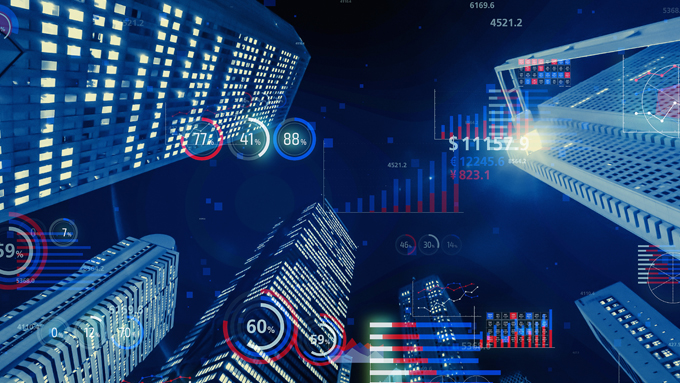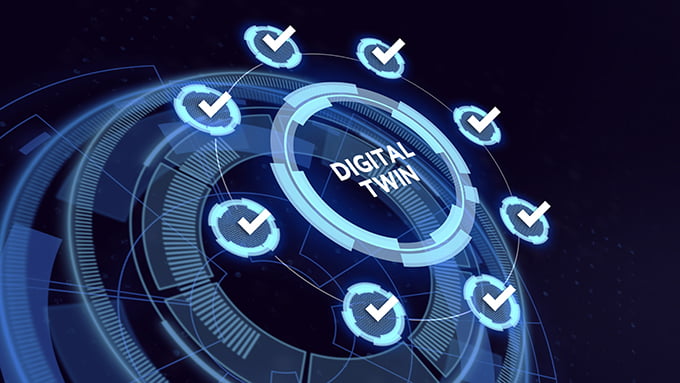Predictive maintenance for HVAC systems – the ultimate endgame for building energy management

Research around the world has consistently identified one extreme energy consumer: HVAC systems. On a country-wide level, HVAC systems consume between 30-40% of energy requirements, and in a given building, it’s not uncommon for the HVAC system to singlehandedly account for up to 70% of total energy consumption.
It is no surprise, then, that green energy movements around the world have prioritized reducing the energy consumption of HVAC systems.
Predictive maintenance – for when faults or failures may be too costly
Predicting faults or failures before they happen is a key component of a successful operation and maintenance schedule. Any fault or failure in the HVAC system – whether major or minor – will have a (sometimes disproportionately large) cost effect on operations. Therefore, detecting a fault in the HVAC system early – or ideally predicting that it will happen before it actually does – will empower operators to ensure smooth operations across a building or portfolio of assets and reduce both operational costs and associated carbon emissions.
Tracking HVAC performance to facilitate predictive maintenance
An HVAC system is not a centralized system. Its component parts are distributed across the building. HVAC systems must respond to existing conditions, such as outdoor temperatures, the amount of daylighting in a given room, changing occupancy patterns, and so on. Therefore, monitoring the performance of an HVAC system and optimizing performance is quite a complex task.
Digital twin solutions like Para, with advanced machine learning capabilities and artificial intelligence algorithms – can facilitate this process, making it easier to detect potential faults before they occur and to optimize performance.
- Capture and learn the behaviour of the system: By gathering and compiling data from a given system, operators using Digital Twin Solutions can employ machine learning and AI algorithms to detect that machine’s patterns of behaviour. Best of all, the platform can begin to consider what the HVAC system’s demand would be for any given occupancy level, at a given outdoor temperature, and at any other operating condition. By collecting all of this data, the platform captures the behaviour of the system and represents it in a digital twin. It then becomes possible for the platform to paint an accurate picture of what the actual HVAC consumption should be for a given set of conditions. That enables the next critical step of the process.
- Watch for the variation: Once the predicted behaviour is established, it becomes far easier to detect faults. In fact, any deviation between the predicted behaviour and the actual behaviour of the system becomes an indication of a possible fault. If the deviation is particularly remarkable or consistent across a given time period, operators will be alerted and empowered to take action.
- Trigger fault detection and diagnosis checks: Once operators detect that variation, the next step is to detect and diagnose the fault. For an HVAC system connected to a Digital Twin, a variation can trigger another series of algorithms that can run automated checks to attempt to diagnose the existing fault. The fault detection and diagnosis (FDD) checks embedded in Para depend on industry standards such as ASHRAE’s set of FDD checks and algorithms. These checks are triggered and constantly running, checking the health and integrity of sensors and components in HVAC systems. The algorithms can check, for example, the filter check status coming in from the building management system, the particular maintenance history of a given component, any available and relevant camera data, and even whether there is wear-and-tear on that component. The more data the system can acquire, the more accurate the model will be at detecting potential faults.
- Issue recommendations in a work order: Once a deviation is tracked, the Para platform can issue a recommendation for maintenance or further checks, if the fault itself was not accurately diagnosed. By doing so, the platform empowers operators to track deviations before costs snowball.
The case of the clogged AHU
In one application, Para’s team developed and implemented a machine learning algorithm to track and learn the behaviour of an air handling unit. During a stage in operations, the platform tracked an outward deviation between the actual and the predicted behaviour and alerted operators to that variation. When attempting to diagnose the issue, operators noticed that a single filter in the supply fan was clogged. Once it was cleaned and the sensors once again gave a clean signal, energy consumption in the building over the next week was reduced by 5 to 10%. With other energy optimization measures, the team were able to achieve a drop of 20 to 25% in energy consumption – leading to significant savings in both costs and emissions.
Once applied to an entire building or campus or facility, Digital Twins can use their predictive maintenance and real-time monitoring capabilities to immediately identify cost-saving opportunities, detect and diagnose faults early, and implement measures that optimize energy performance and prolong the lifetime of key building equipment.



